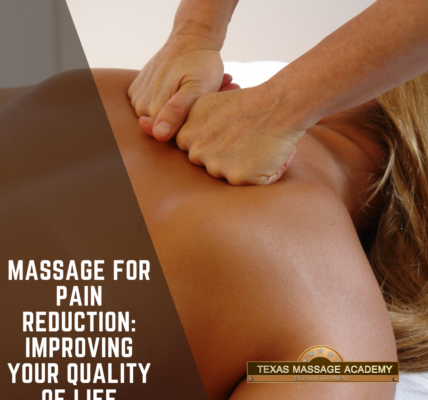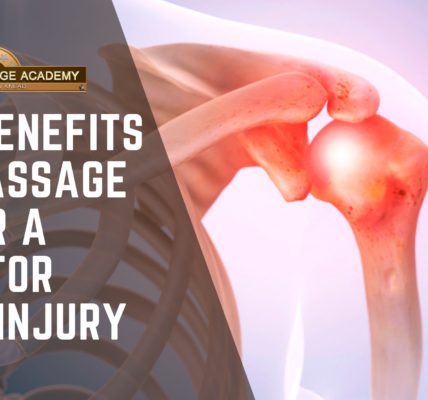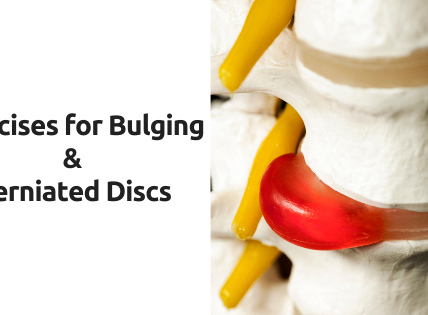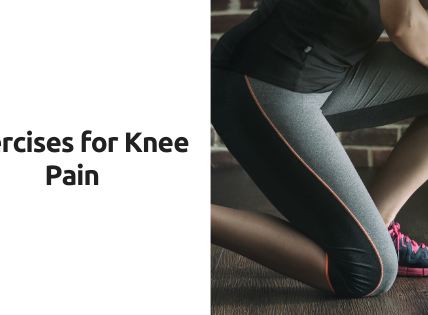As an Amazon Associate, I earn from qualifying purchases.
Spinal stenosis is a narrowing of the spinal canal, the space that contains the spinal cord. This is most often caused by degenerative changes; some sort of normal shift or loss that occurs over time, such as with herniated discs, arthritic changes, compression fractures, etc. This stenosis, or narrowing of that space, can put pressure on the nerves that travel through the spine. The two most common places for this to occur are in the neck (cervical stenosis) and the low back (lumbar stenosis).
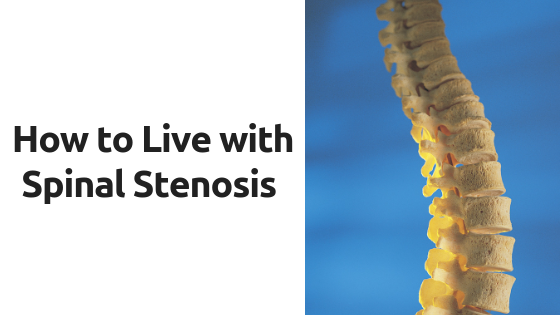
Most often, stenosis can begin with little to no sign that anything is wrong, with the progression of symptoms over time as the stenosis worsens. Due to the compression that occurs on the nerves as they lie within and leave the spinal canal, the most common symptoms include numbness, tingling, and weakness of the limbs. In some severe cases, organ function may be affected as well.
There are many treatment options for spinal stenosis depending on the severity of the case, such as pain-relieving medications, physical therapy, steroid injections, and surgical decompression procedures. Obviously, surgery is usually reserved as a last resort, so physical therapy is the first, and often one of the most effective steps in finding relief from the direct compression on those nerves. With the appropriate movements and exercise regimen, much of that pressure can often be relieved. If you’ve got some progressed symptoms and are dealing with the pain of those nerve compressions, movement and exercise may be the last thing you want to do. However, it is often the best course of action. Getting through the first few minutes, and the first few sessions is the hardest part, but once you’re past that, you’ll often start to see some immediate improvement.
3 Exercises for Spinal Stenosis(Opens in a new browser tab)
While spinal stenosis can be painful, it is important to remain as active as possible to prevent worsening of your symptoms. Low impact exercises such as riding a stationary bike or swimming are often recommended. Because the exact cause and nature of the stenosis may be unique for each patient, talk with your doctor and physical therapist about the best exercises for your specific type of stenosis.
Thoracic Outlet Syndrome: How Massage Can Help(Opens in a new browser tab)
Massage therapy may be another option you’ll want to try to battle the pain associated with spinal stenosis. While massage itself can’t remove the direct compression within the spine, it can offer relief to the muscular pain and tension that often occurs as a side effect of that compression. Think about it; if you’re experiencing any sort of nerve pain from that narrowing within the spine, your body tenses all the muscles in the area as a way to try to protect from further damage. Unfortunately, this can only add to the pain, so keeping that tension at bay will often result in far less discomfort associated with the stenosis.
Are you ready to book a massage to help with your pain? Give us a call at 325.646.4272 or book online here.

